Nona Garcia’s Photorealistic Paintings Question the Very Nature of Representation


Artnet Gallery Network

Despite working under the rubric of photorealism, Nona Garcia considers the simple, real-life objects she recreates through paint to be only one aspect of her subject matter. With every canvas, the Filipino artist is exploring the act of painting itself—what that gesture means today, and how the representational confines of the medium dictate our relationship to it.
In her new exhibition at Arndt Art Agency in Berlin, titled “Planted,” Garcia presents a new series of modestly sized oil-on-wood paintings, each of which depicts a single object from one of two categories: indigenous artifacts and rudimentary guns. Because of their minimal presentation, these objects seem simple and straightforward, but don’t let that fool you—they are layered with meaning, from environmental and sociopolitical implications to personal histories. For instance, each of her subjects is made of wood, connecting the form of the paintings to their content as well as the larger context surrounding the artist’s process: she created these works in the Cordillera Central Mountains in the Philippines, where she’s lived for the past 4 years.
On the occasion of “Planted,” artnet News spoke with Garcia about her process, the exhibition, and the many ideas that inform her works in it.
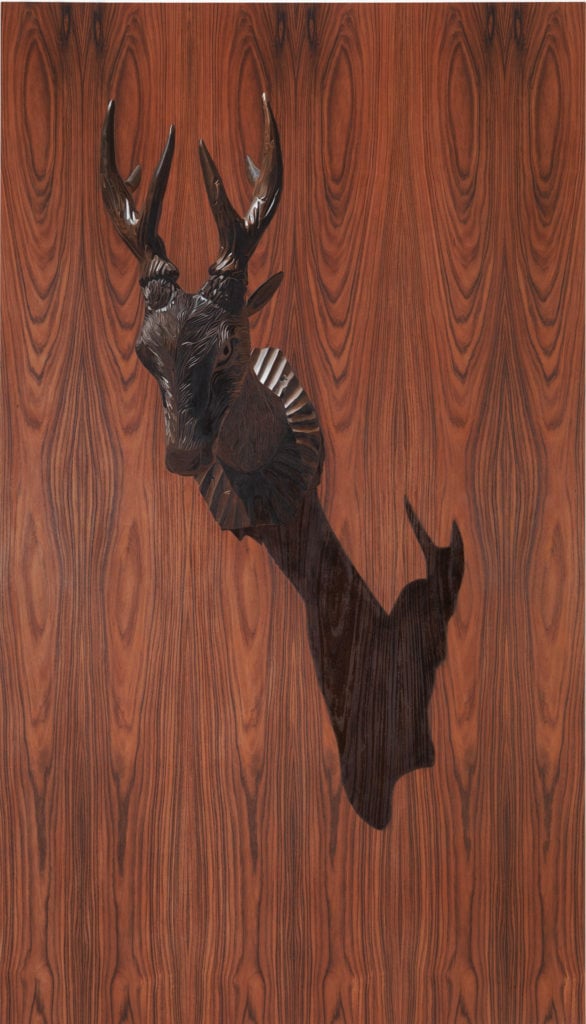
Nona Garcia, Planted 13 (2017). Courtesy of Arndt Art Agency.
Your paintings are highly detailed. Can you tell me about your process? How long do your paintings tend to take?
All my paintings are based on photographs. I tend to take a lot of time deciding on the images I use. I curate my images if I’m working on a body of work. I also give a lot of importance to the exhibition space and study this relationship carefully.
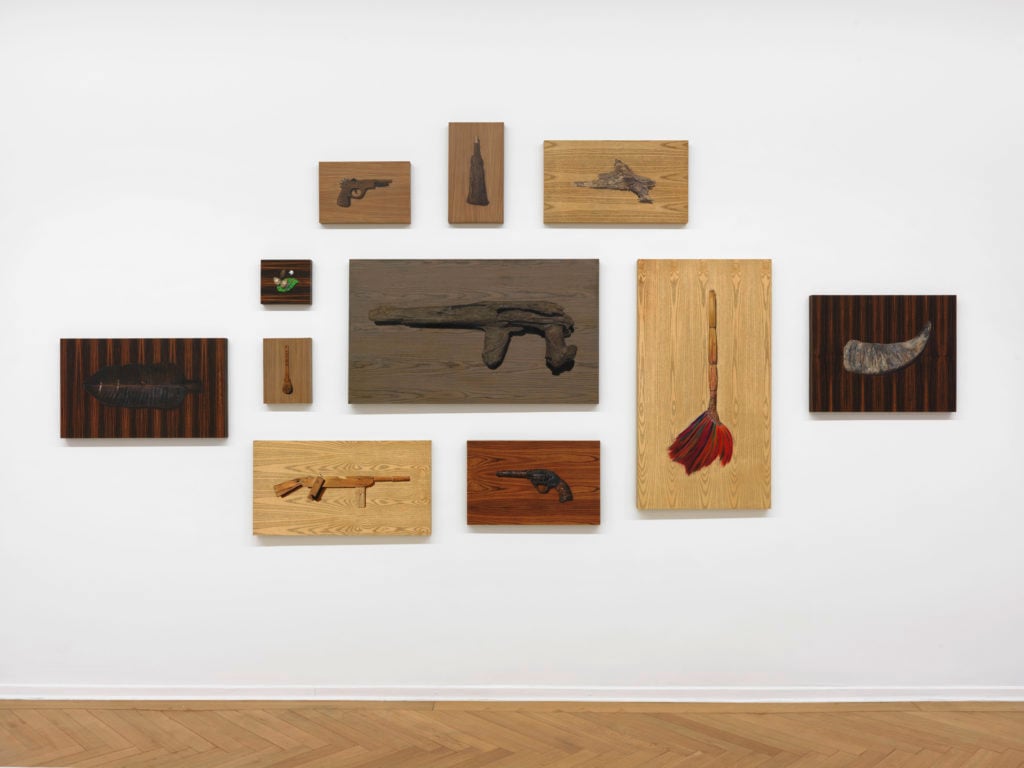
Installation view of “Planted.” Courtesy of Arndt Art Agency. Photo: Bernd Borchardt.
There’s a prevalence of wood textures in the show—not just the surfaces you paint on but the subjects too. What is your interest in wood as a material?
It is a reflection of my direct environment. For the past four years, I’ve been living 250 kilometers away from Manila, in the mountains of the Cordillera. Here, you see clearly the relationship between man and nature. This area is also known for woodcarvings, from indigenous sculptures to homeware to souvenir items. I have been observing this for the past few years and have become fond of the material itself, as well as objects made out of it. In previous years, my paintings have been very large, almost mural-sized, and I wanted to go back to a more basic approach to painting. Aside from wood, I’ve also started exploring painting on other surfaces, such as cement. I like the dialogue that is created between subject and the painting ground.
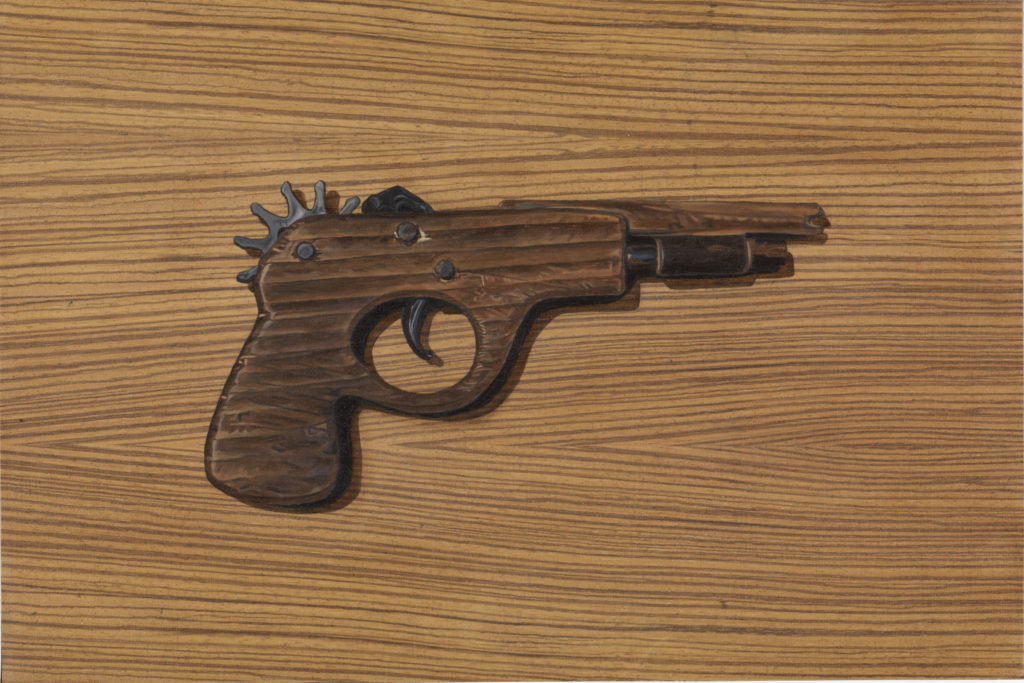
Nona Garcia, Planted 2 (2017). Courtesy of Arndt Art Agency.
Many of your subjects are guns—antique guns, toy guns, primitive guns. In this context, they read more like artifacts of the past rather than machines capable of violence. Why did you choose to focus on these objects in particular?
As I mentioned in the previous question, I am after the act of painting. Many of my subjects are found objects in my house, wooden toys, wooden sculptures, some of them used as everyday tools. I started painting a few toy guns and soon it became the dominant theme. Planted guns? Is this a reflection of Philippine society? Perhaps.
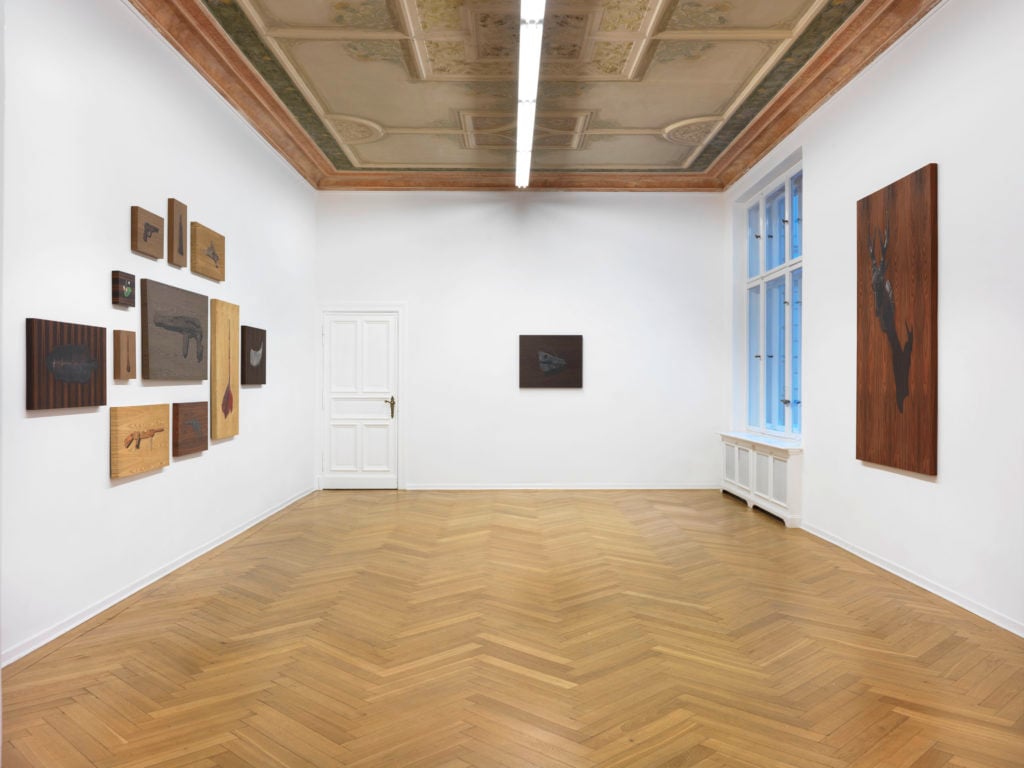
Installation view of “Planted.” Courtesy of Arndt Art Agency. Photo: Bernd Borchardt.
Can you tell me about the title of the show, “Planted”? It seems like it has multiple meanings.
Yes, it does. Since wood is the fiber of this exhibition—wood as objects, as a dead tree, something that was once planted—I wanted to breathe some life back into them. When I was painting these wood on wood paintings, it felt to me like I was carving them out of the wooden surface, but at the same time camouflaging them. I also wanted to connect this to my previous exhibitions: “Recovery,” “Unearth,” and now, “Planted.” Perhaps this is a personal journey or process.
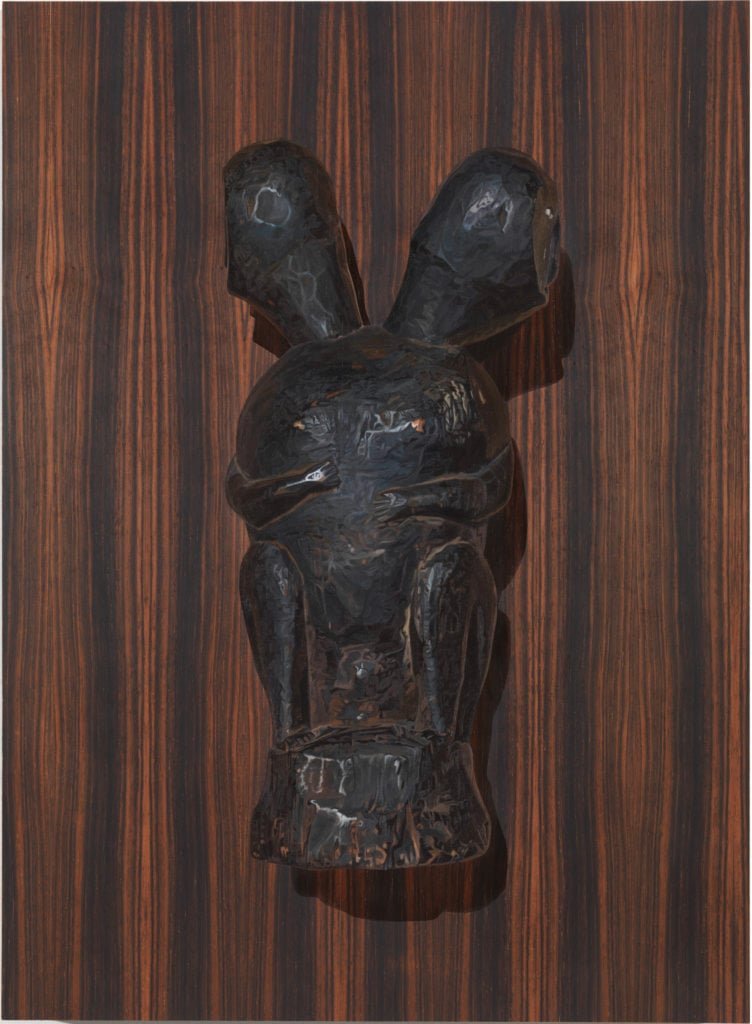
Nona Garcia, Planted 4 (2017). Courtesy of Arndt Art Agency.
Because of its nature, most representational painting—especially photorealistic painting—is tasked with answering the same fundamental question: Why is painting the medium in which these ideas need to be conveyed? How would you answer that question?
I am a painter with a conceptual approach. I try to study the subject, the painting ground, the space and the act of painting itself. I have always performed in this manner. This is where I find myself, trying to answer the same question over and over. Painting as an act, a process, as a tangible space or an illusion.
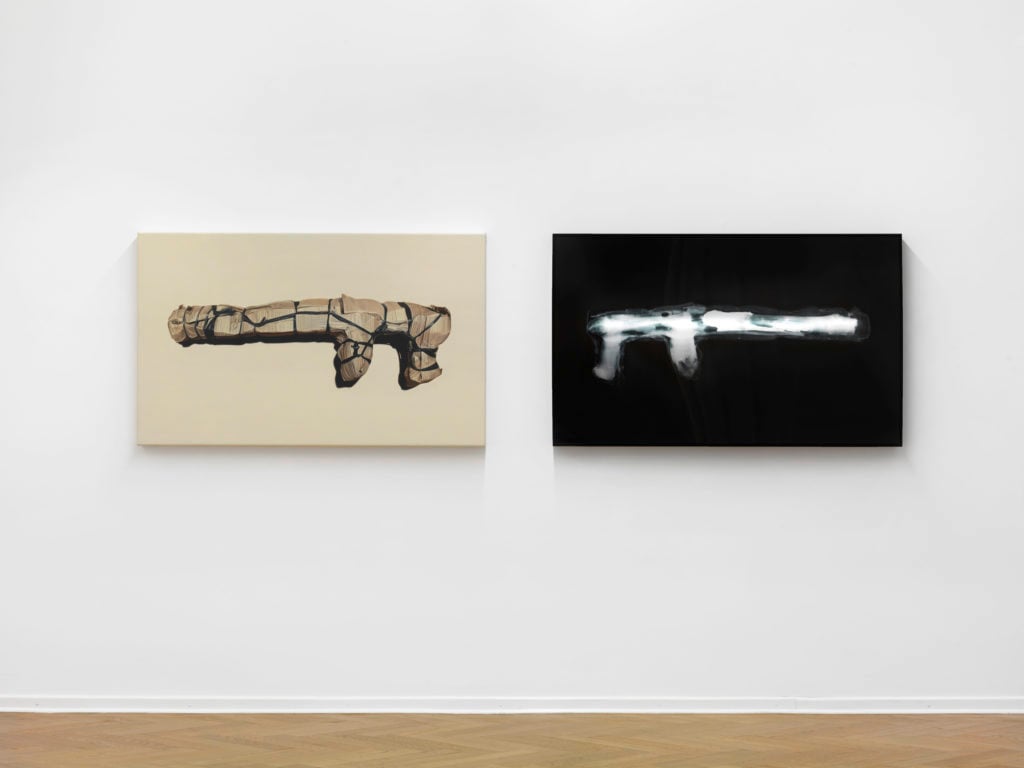
Installation view of “Planted.” Courtesy of Arndt Art Agency. Photo: Bernd Borchardt.
“Planted” is on view at Arndt Art Agency in Berlin through March 3, 2018.